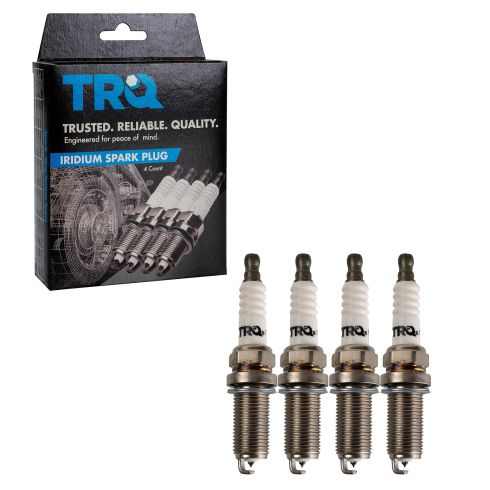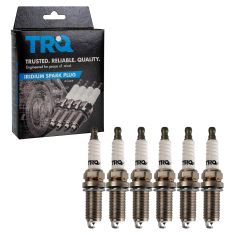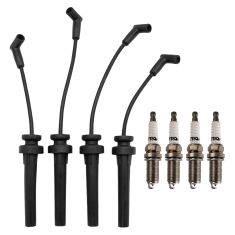1AETK00062-4 Piece Spark Plug Set TRQ SPA02194

Replaces
1996 Dodge Avenger L4 2.0L 4 Piece Spark Plug Set TRQ SPA02194

Product Reviews
Loading reviews
4.83/ 5.0
6
6 reviews
New plugs look good!
[{"url": "https://wac.edgecastcdn.net/001A39/prod/media/pNISJll75W64CYGsite/b949350b8f538c57cfb64ade1f6abad9_1635007593332_0.jpeg", "caption": "Looks pretty good next to these ones that were nasty!"}]
October 23, 2021
Waiting to see how they last/perform!
June 22, 2023
Very good thank you
August 20, 2023
They work pretty good but I think the sensor work just a little bit better
Great retailer
April 7, 2024
Great product and tutorials for installation of various parts. My one stop shop for auto parts
April 9, 2024
Is bery good
September 14, 2024
Great
Customer Q&A
Nippon Denso has two electrodes. Makes for bigger, fatter, better spark. ???Why just one on these?
October 3, 2021
10
Thanks
October 31, 2021
Suzette M
do these fit the 2011 camry hybrid?
September 20, 2022
10
These will fit if it is a 2.4L.
September 21, 2022
Andra M
Are these spark plugs already pre-measured for easy installation?
October 16, 2022
10
Yes, these will already come as pregapped.
October 17, 2022
Emma F
are the gaps on these preset?
January 24, 2023
10
Yes. I slapped them in my 350z and they gave me no issue
January 24, 2023
Salvador C
10
Yes, these sparks do come pregapped, however, we do suggest double checking prior to installation as they can be affected during shipping.
January 25, 2023
Jessica D
do you ship abroad ?? to beirut, Lebanon
May 7, 2024
Do this fit on 2001 Acura integra GSR coupe? TIA
May 25, 2024
10
This part is listed for the 2001 Acura Integra GS-R L4 1.8L.
May 28, 2024
Kemal S
Dodge is a registered trademark of FCA US LLC. 1A Auto is not affiliated with or sponsored by Dodge or FCA US LLC.
See all trademarks.

















